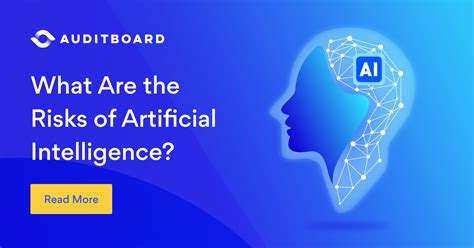The recent arrest of an ex-athletic director for allegedly using AI-generated audio to falsely implicate a school principal in improprieties marks a chilling advancement in the misuse of artificial intelligence. The case, which unfolded in Baltimore County, reveals how easily accessible and potentially destructive AI tools like voice cloning can become in the wrong hands. The technology, designed to create synthetic yet convincingly real voices, can be employed in ways that threaten personal reputations, distort truth, and challenge the very foundations of justice.
While the narrative of tech-savvy educators isn’t new, the evolution of their tools certainly is. Historically, the manipulation of information might have involved forged signatures or tampered paper records. Today, the digital age offers tools like AI and deepfake technology that can fabricate audio and video, making it nearly impossible to distinguish the fake from the real without expert analysis. This situation exemplifies the profound implications such technologies have, not just on personal liberties but also on the systemic trust upon which institutions like schools and courts operate.
Experts have pointed out several AI-generated audio characteristics, such as unnaturally even tone and background sounds, which were key to identifying the falsified evidence in this case. However, as AI technology continues to advance, detecting such fakes will become increasingly challenging. This brings forth an urgent question: How can society adapt to counteract these sophisticated tools of deception? The answer lies partly in enhancing detection technologies but more so in creating a legal and ethical framework that governs the use of AI in public and private sectors.
The implications of such technology stretch beyond individual misdeeds. As these tools become more refined and accessible, the potential for misuse scales up dramatically. It opens a backdoor to new forms of cybercrime and digital manipulation that could influence public opinion, sway elections, or disrupt social harmony. This scenario underscores the critical need for cybersecurity measures that keep pace with technological advancements to protect individuals and society from digital malevolence.
What incidents like these highlight is the essential role of ethical guidelines and stringent legal frameworks in governing the development and application of AI technologies. Without robust regulation, the escalation of AI misuse could lead to a trust crisis in digital communications. This could mirror the erosion of trust in traditional media, only with potentially more dire consequences because of the personalized and undetectable nature of synthetic media.
Moreover, societal norms and legal standards must evolve in tandem with technology. It’s vital that as a society, we foster a culture of responsibility and accountability among technologists and businesses deploying AI tools. Developers and companies should not only focus on what AI technologies can do but also on what they should do, ensuring that their innovations contribute positively to society and do not empower malicious actors. In conjunction with regulatory bodies, the tech industry must prioritize the development of AI in an ethical manner, aiming not just for innovation but for integrity and public trust.


Leave a Reply